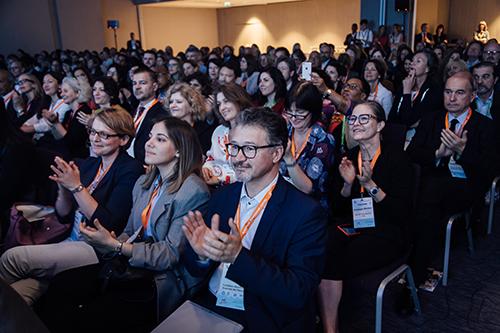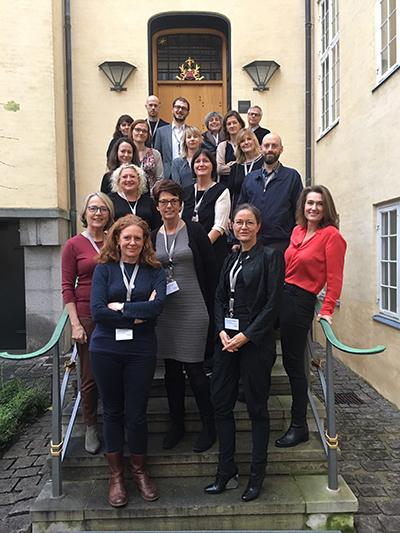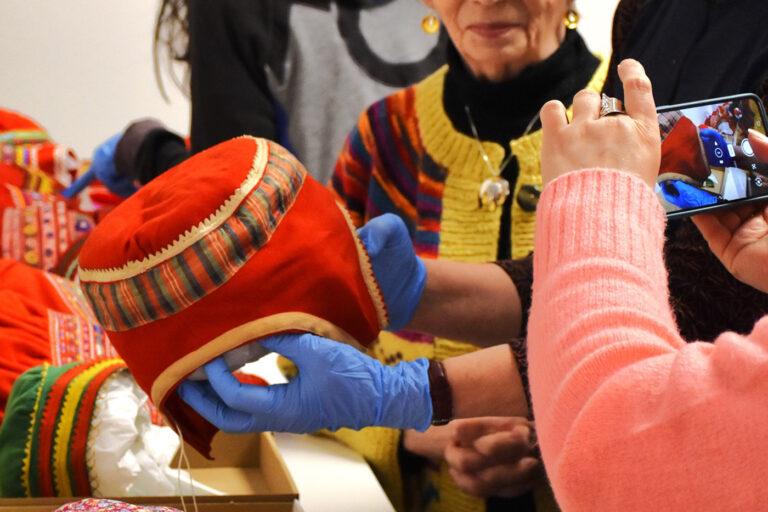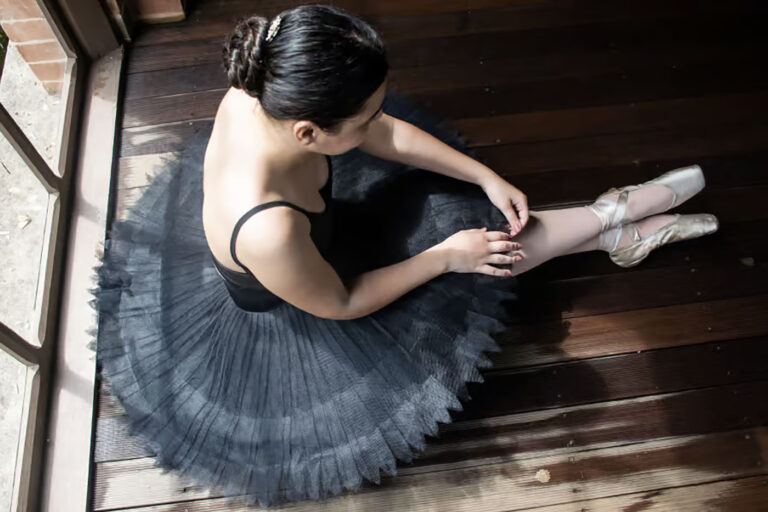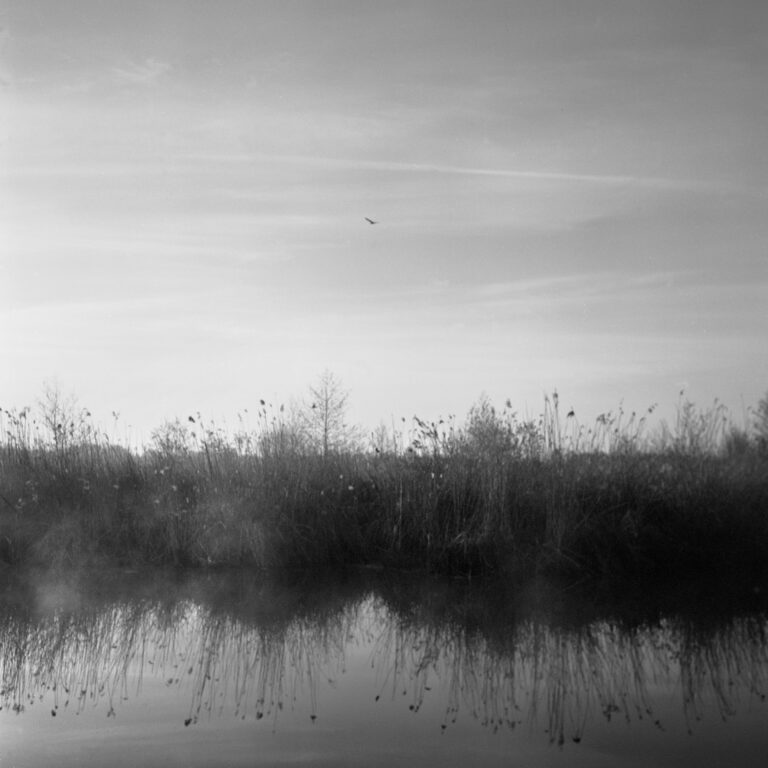In a Single Europe
The European Foundation Centre (EFC) brings together European foundations, as well as several American ones and a few from other countries around the world. It is useful, under its auspices, to discuss some of the global challenges faced by foundations and to stand as a united front when dealing with the European institutions.
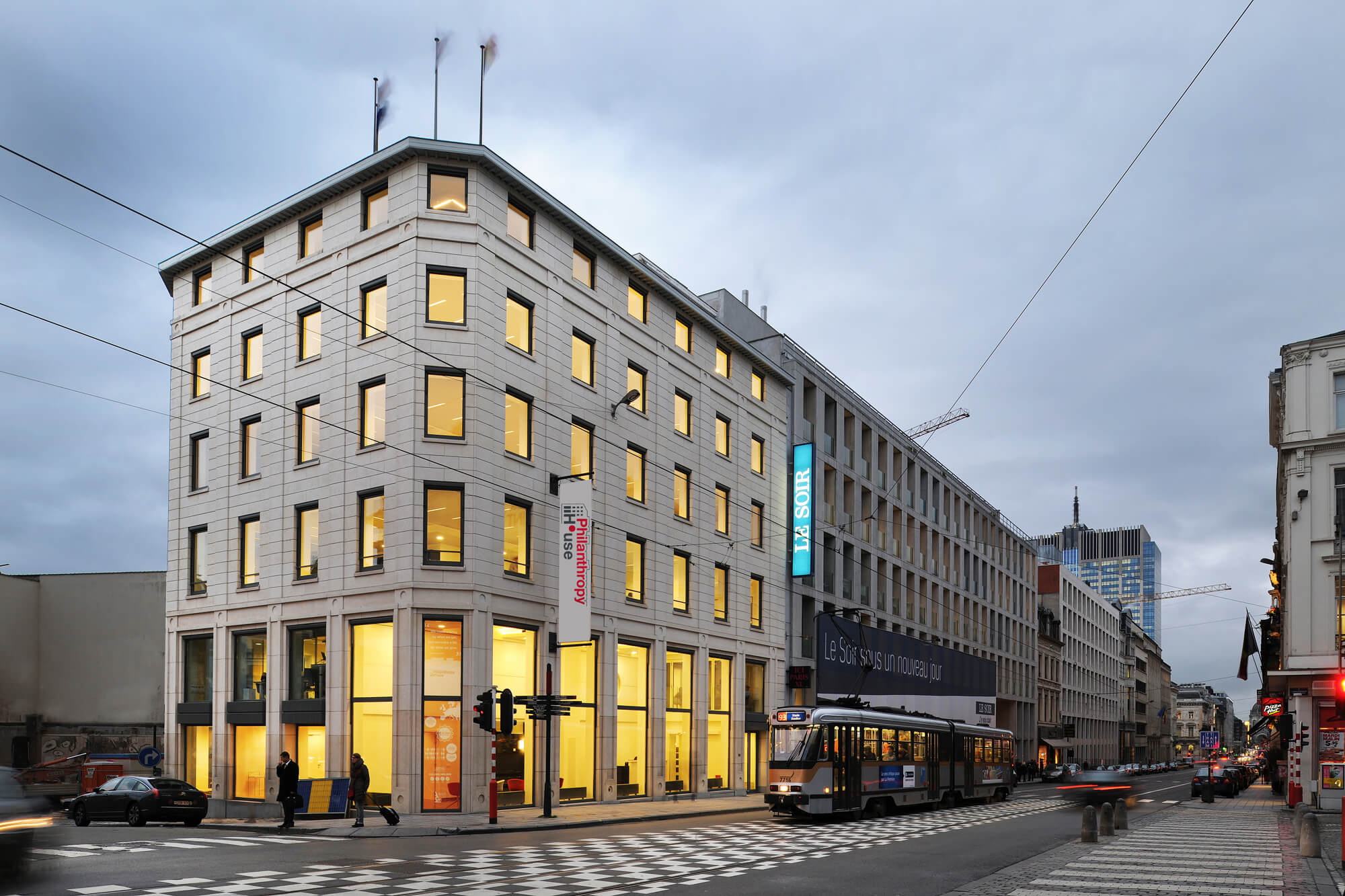

Text: Antti Kivimäki
Photos: EFC
There are more than 200,000 foundations in Europe, and a new one is established on average every four hours.
– Foundations struggle with very similar things all over the world, so it is constructive to discuss these issues with international colleagues, explains Antti Arjava, Secretary General of the Finnish Cultural Foundation.
– Usually we find that others have reached the same conclusions as us, and that in itself is a meaningful and reassuring realisation.
The EFC has been facilitating these kinds of contacts and looking after foundations’ interests for three decades already. It has around 200 foundations as members, including ten from Finland but only two from Sweden. Arjava sees a certain contradiction in the fact that the EFC claims to represent European foundations before the European Commission, but as its members it only has just over one in one thousand foundations from the region.
– On the other hand, most of the biggest foundations are members, and the foundations’ ideas as to how they should be treated by the EU are mostly aligned, Arjava says.
In its dealings with the Commission, the EFC advocates, among other things, for the concept of the “European foundation”. This would mean a model foundation that would be acceptable for all the EU countries, and which could therefore operate without problems within the whole Union.
The tightening of anti-terrorism and money laundering legislation has caused foundations additional hurdles. They have to be able to prove to banks that their money does not originate from and is not channelled to criminal activity. Particularly payments coming out of the United States are under close scrutiny.
– From our point of view, this is a bureaucratic hassle. I have never heard of a case of foundations being used in Europe for money laundering or supporting terrorism. Of course, if there were no regulation, someone might decide to try, Arjava says.
The EFC also advocates for foundations being exempt from value-added tax.
Representatives of the Cultural Foundation often travel to Brussels and to the EFC’s general assembly and conference, which takes place annually in different parts of Europe. This networking event lasting a few days helps members stay abreast of activities at other foundations around Europe and other parts of the world. It also helps likeminded foundations find each other.
Additionally, professionals from member organisations can network, engage in joint projects and learn from each other within the EFC’s task forces and subcommittees.
– Each foundation has its own areas of emphasis, target groups and operating culture, but at the end of the day our communication methods and channels are fairly similar. It is nice to meet colleagues who have to solve similar issues in their work, says Annakaisa Tavast, Head of Communications at the Cultural Foundation, who sits on the EFC’s communications network with another twenty or so members.
The network’s semiannual communications meetings offer new perspectives, as well as good ideas and best practices.
– When a Norwegian foundation presented a feedback survey they use in their application system, I immediately realised we have to adopt a similar one, Tavast says.
The EFC was established in 1989. In spite of its name, it does not exclusively accept European foundations as members. Especially at the start, American foundations were an important part of the membership.
At that time, Eastern Europe was coming out from under the iron curtain, and there was a pan-European euphoria related to international collaboration between foundations.
American foundations were interested in helping Eastern Europe get back on its feet after the Cold War, in the same spirit in which the United States used its Marshall Plan to raise Western Europe from the smoking ruins of the Second World War to keep the Soviet Union’s influence from growing excessively.
– The Europe of today is significantly wealthier than when the Berlin Wall fell. From the perspective of American foundations, Europe is capable of looking after itself now, so their attention has shifted to Africa and Asia. The line that Trump uses with regard to defence policy, that why should the US pay for European defence while Europe accuses America of militarism, also applies to the world of foundations. Europe can now afford to fund its own organisations, Arjava says.
The EFC’s membership fee depends on the size of the member organisation. The Cultural Foundation pays EUR 7,000 per year for membership, plus another EUR 15,000 in voluntary contributions to the EFC. Many foundations pay even higher voluntary contributions.
Arjava has sat on EFC’s Management Committee since 2016. He has strongly advocated for the policy that new member foundations should have some sort of link to Europe – ownership in Europe, an office here or operations linked to the continent, as even the organisation’s rules state.
Even though many of the current American members no longer fulfil these criteria, they did when they joined.
The EFC has, however, been joined by foundations that have never had links to Europe. There have also been discussions around foundations that have no stable sources of income.
In the EFC’s rules, a foundation is defined as an organisation that has its own financial resources, which it considers how to deploy.
– If the organisation has to consider how to obtain those resources, it is not a foundation by these rules, even if it is legally defined as one, Arjava explains.
According to Arjava, the more non-European foundations the EFC includes, the more its operations will have to focus on global questions.
– Of course globalization is a significant issue for the largest European foundations. However, most foundations in Europe have by-laws that set much narrower limits for their operations, for example promoting the development of a city, region or country. For instance, the Finnish Cultural Foundation’s mission is to support culture in Finland, Arjava says.
– If more and more members with a global outlook join the EFC, then national and regional foundations will be less interested in joining, because the emphasis of discussions will be too far beyond their scope.
A separate source of tension in the field of European foundations arises from the fact that, depending on how it is calculated, the EFC is not the largest organisation representing foundations.
In many countries, foundations belong to national associations, such as the Association of Finnish Foundations, which has more than 200 members in Finland.
DAFNE (Donors and Foundations Networks in Europe) is a network of these national associations. It has thirty members, through which it indirectly represents more than ten thousand European foundations.
DAFNE’s office is in Brussels, in the same building as the EFC’s, and DAFNE considers that it, rather than its counterpart, should be the body that represents foundations before the Commission.
On the other hand, DAFNE was only established in 2006, based on an idea launched at EFC meetings. DAFNE has a much flatter organisation: only four employees compared to five times that at the EFC, which works directly with foundations and has a much larger work programme for its members and associated budget.
Arjava feels that it would be senseless for foundations to be represented by two competing organisations before the Commission.
– Brussels is too small for that. Additionally, in factual matters, the interests and perspectives of foundations are the same, regardless of who represents them.
For years, there has been talk – both behind the scenes and openly – of a possible merger between the EFC and DAFNE, and Arjava is a strong proponent.
– There was opposition to the merger for a long time, but now it might happen as soon as next year. Of course it is always difficult and time-consuming to discuss what the voting rights of each foundation and financing member should be, Arjava explains.
